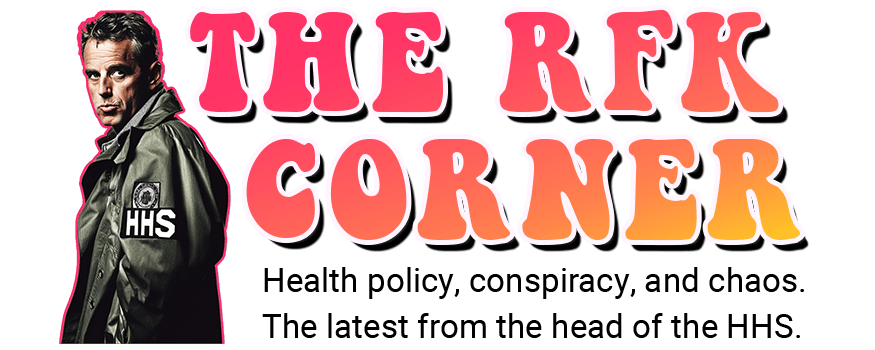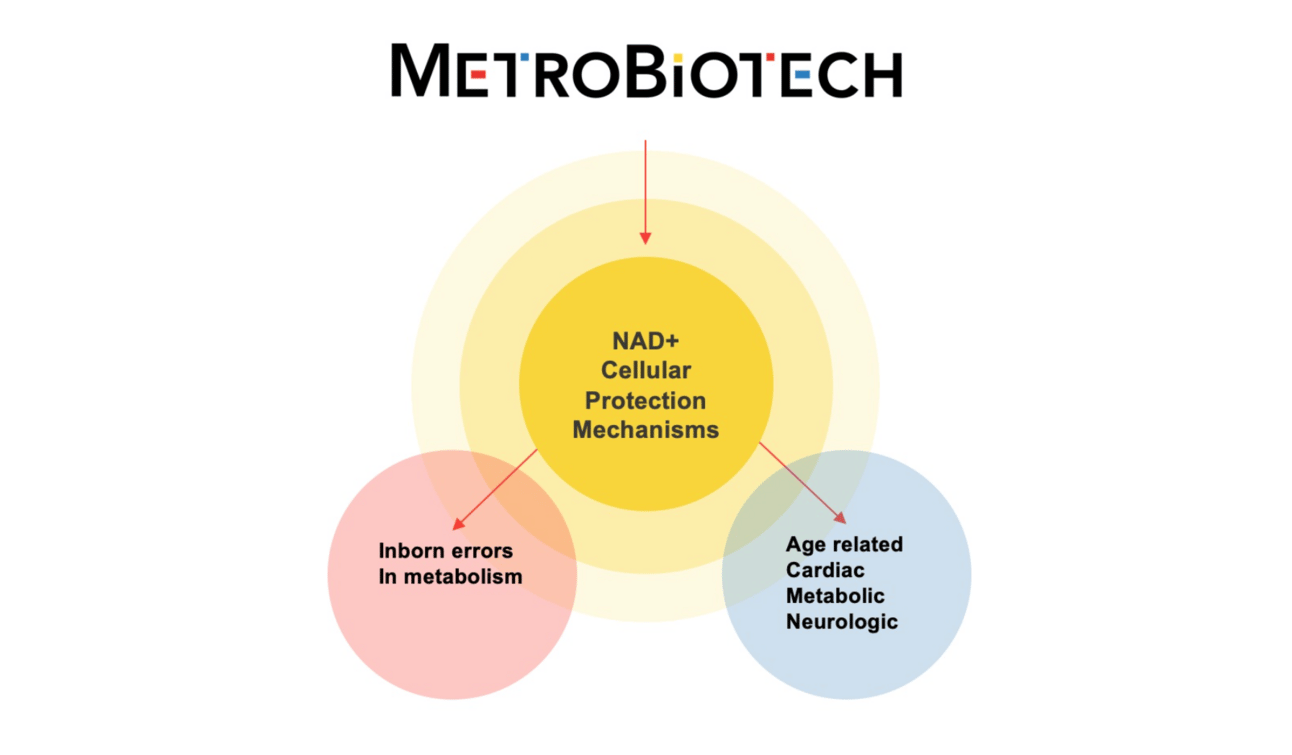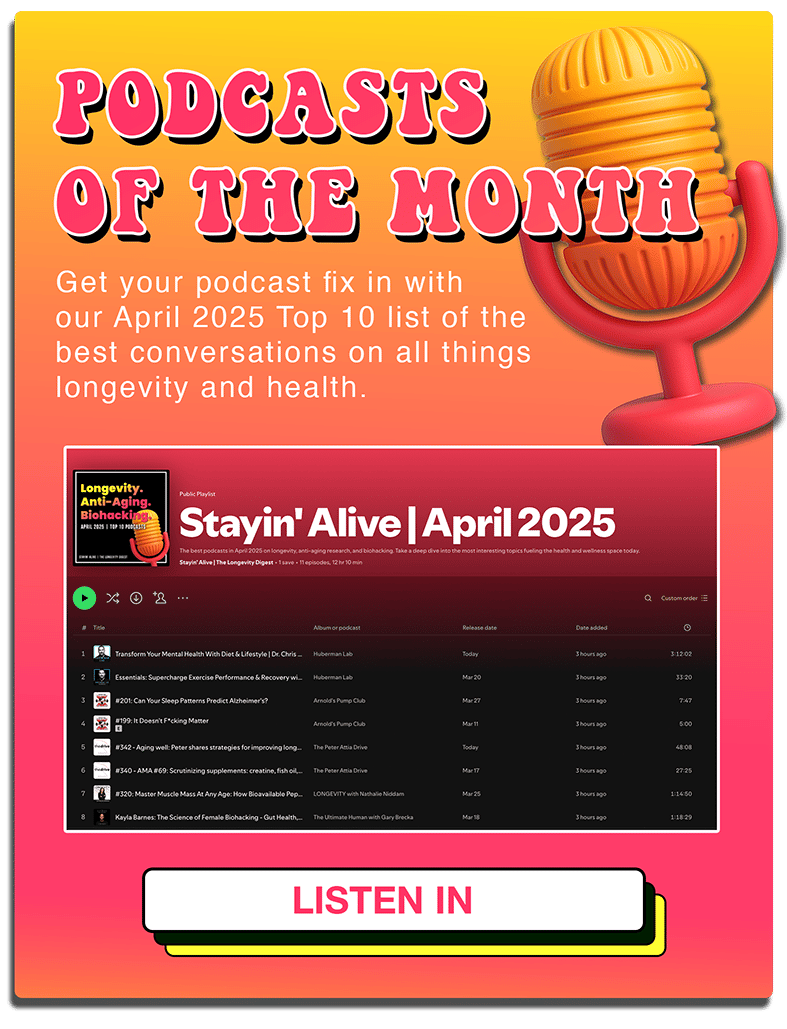Good morning friends. This is Stayin’ Alive, your sherpa on the slippery, serotonin-fueled climb past 100.
The rundown for this week:
🧪 Deep dive into the American food dye industry and implications.
🤣 Laughter is an easy hack for adding years to your life.
💊 Step inside a longevity clinic where rich people spend $250k to cheat death.
📝 Harvard’s Dr. David Sinclair launches NAD+ human trial w/ MetroBiotech.
Let’s get to it. 👇


New York Times - 5 science-backed longevity hacks that don’t cost a fortune. (Read more)
Athletech News - The next wave of anti-depressants? Creatine. According to this new study gaining a huge, positive reception. (Read more)
Parade - Laughter, a simple hack to add years to your life. (Read more)
Vice - Step into the shoes of the uber rich, at Extension Health’s NYC longevity clinic. (Read more)
Men’s Fitness - 99 is the new 59. Heavy weights, ham sandwiches, and lemon pies are all you need. Wait, what!?! (Read more)
Athletech News - One&Only hospitality group announces unique luxury residences and longevity hub, set to open in New York’s Hudson Valley. (Read more)
RFK continues relentless push for “autism registry”. (Read more)
RFK hits hard at sugar, claims its “poison”. (Read more)

DEEP DIVE SESSION
The United States Of Skittles:
America’s Neon Food Fetish
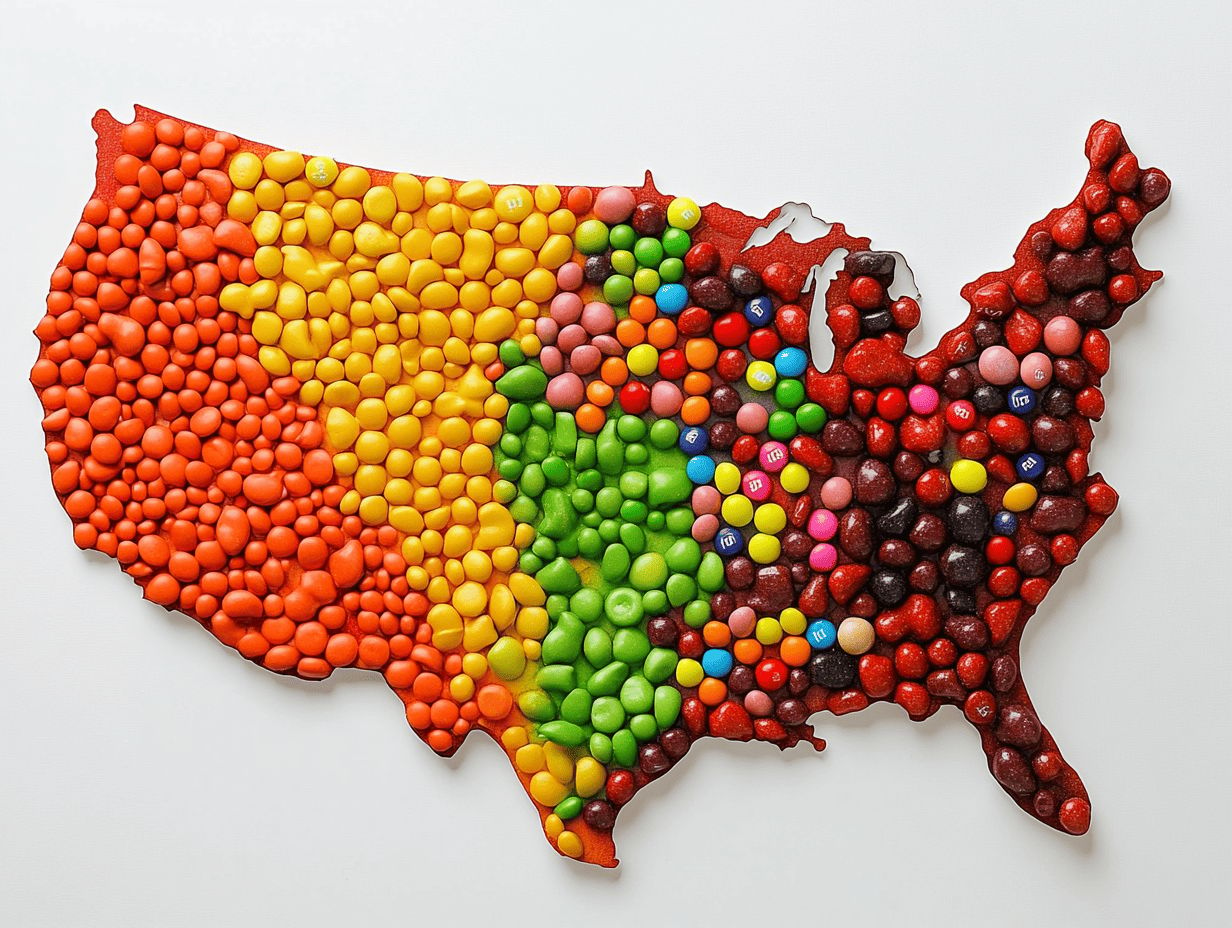
Grab your coffee. Throw on your readers.
Chug some Red 40.
Wait, scratch that last one.
It’s time to break down how we started tasting the rainbow inside of America’s messy and greed-driven food processing industry.
Back in the day…
Artificial food dyes began as a scientific marvel in the 19th century and has since evolved into a cornerstone of processed food marketing.
Today, they’re at the center of a heated debate, as Health and Human Services Secretary Robert F. Kennedy Jr. pushes to ban them in the U.S. food supply.
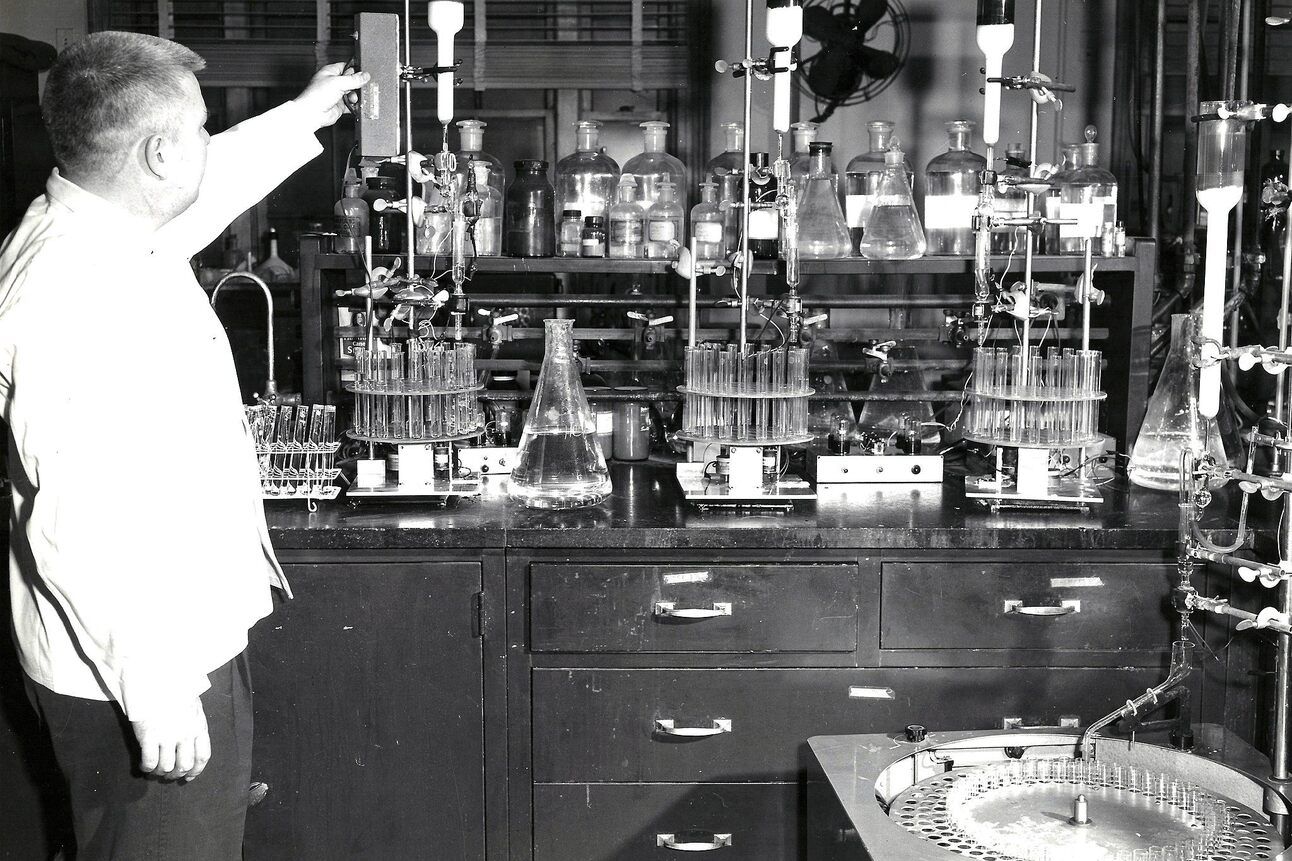
The first synthetic food dye was created in 1856 by an 18-year-old British chemist named William Henry Perkin—by accident.
Times-be-a-changin’!
Let’s talk about how we got here, where we might be headed, and the most important topic of all…how it impacts YOU and YOUR health.
A Colorful Timeline…
1856 – The First Synthetic Dye: British chemist William Perkin discovers mauve, the first synthetic dye, sparking an age of artificial color. By the late 1800s, U.S. food producers eagerly adopted coal-tar dyes to make foods more appealing – sometimes with toxic results. 🤢
1906 – Pure Food and Drugs Act: Amid public outcry over poisonous additives (like lead- and arsenic-based dyes), Congress bans harmful colorants and deceptive coloring practices in food. This early law, known as the Wiley Act, marks the first federal effort to rein in food dye abuses.
1938 – The FD&C Act: In the New Deal era, the Federal Food, Drug, and Cosmetic Act tightens control, requiring certification of synthetic color additives and establishing the familiar FD&C numbering system for approved dyes (e.g. Red No. 3, Yellow No. 5.) Only 15 dyes survive government safety reviews by this point, down from hundreds used earlier.
1950 – Halloween Candy Scare: Dozens of children fall ill after Halloween, and investigators trace it to orange-colored candy containing FD&C Orange No. 1. The dye is swiftly banned and a wake-up call that not all bright ideas in food coloring are good for you.
1960 – The Delaney Clause: Spurred by dye safety hearings, Congress passes the Color Additive Amendments. Any color additive found to be a carcinogen is outright prohibited.
Regulators begin culling dubious dyes; many are removed from the approved list in the 1960s.
1976 – Red No. 2 Banned: Amid Cold War-era health fears, the FDA bans the popular Red Dye No. 2 after studies link it to cancer in rats. M&M’s famously ditches its red candies for a decade in response. The modern roster of seven FDA-approved food dyes (Red 40, Yellow 5, etc.) is essentially set by the late 1970s.
2007 – Hyperactivity Link and EU Action: A British study fuels concerns that artificial dyes (in combination with preservatives) may trigger hyperactivity in children. The European Union responds in 2010 by requiring warning labels on foods containing several synthetic dyes. Major companies like Kellogg’s, Kraft, and McDonald’s reformulate products in Europe with natural colors to avoid the warning tag. Meanwhile, U.S. regulators and industry stand pat as the bright-blue cupcakes and rainbow cereals remain legal and label-free in the States.
2023 – State-Level Bans Begin: Tired of federal inaction, states step up. California passes a first-in-the-nation ban on Red No. 3 (along with other additives) and outlaws all synthetic dyes in foods sold at public schools by 2027. West Virginia becomes the first state to move toward banning nearly all artificial food dyes in general circulation. The patchwork of state laws pressures industry to seek a unified national policy.
Onto today…
2025 – RFK Jr.’s Crusade: In April, HHS Secretary Robert F. Kennedy Jr. announces an ambitious plan to phase out all petroleum-based food dyes from the American food supply. The FDA, under Commissioner Marty Makary, will work with manufacturers to eliminate six commonly used dyes by 2026 and move to ban the remaining ones (like Citrus Red No. 2 and Orange B) soon after.
It’s the boldest federal action on food coloring in U.S. history, capping over a century of regulatory battles.
Guilty Pleasures Under Siege…
Hold onto your hats, Big Cereal.
An outright ban on artificial dyes would send shockwaves through supermarket aisles across America.
Many iconic brands still rely on these cheap, bright colorings, even as the Euro-made versions have gone natural.
Here are a few examples of American products tinted by chemistry, and how they might be impacted by RFK’s proposed ban:
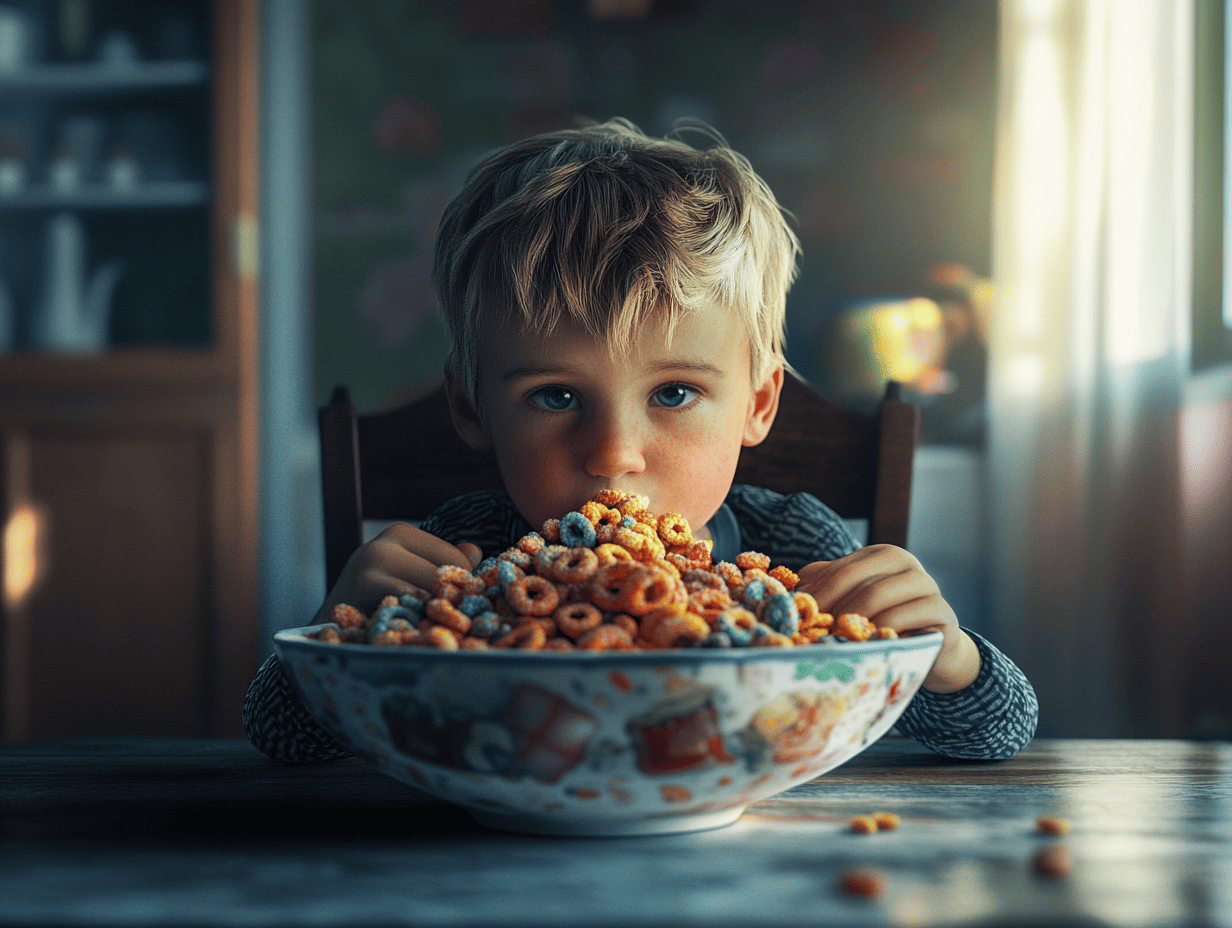
Mars, Inc. (Skittles & M&M’s): These candies famously “taste the rainbow” thanks to Red 40, Yellow 5, Yellow 6, Blue 1 and more. If forced to drop synthetic dyes, Mars would need to find natural alternatives for the vibrant shells of Skittles and M&M’s – a technical and marketing challenge.
Kellogg’s Froot Loops: This cereal’s neon rings get their colors from a cocktail of dyes, including Red 40, Blue 1, and Yellow 5, all of which California is planning to outlaw in school cafeterias. A dye ban would likely push Kellogg’s to finally swap in fruit and vegetable extracts for these “fruity” loops, as they’ve promised (and struggled) to do for years.
Post Fruity Pebbles: The Flintstones’ favorite cereal is a color riot of pink, orange, and blue rice crisps, all courtesy of artificial dyes. Post Consumer Brands still uses Red 40, Yellow 6, and Blue 1 in Fruity Pebbles and its marshmallow-filled cousin Marshmallow Mateys.
PepsiCo (Mountain Dew & Doritos): From the electric-green Mountain Dew (glowing with Yellow 5) to the orange-dusted Nacho Cheese Doritos (colored by Yellow 6), PepsiCo’s snack and soda lineup leans on synthetic hues. A ban could spur a reformulation using paprika, turmeric, or other natural colorings, seeing as they are already used in Europe to achieve a similar look without the label warnings.
Betty Crocker & Kraft (Baking Mixes and Snacks): Many cake mixes, cookie icings, jelly powders (like Jell-O), and kid-favorite snacks still contain artificial reds and yellows for maximum visual pop. Companies like General Mills (Betty Crocker brand) and Kraft Heinz would need to accelerate the shift to natural dyes.
What The Science Says…
We know what you’re thinking.
Should you throw out everything in your pantry with food dye?
Should you implement an outright ban in your household?
Artificial food dyes have long been under scientific suspicion, though, as with many things in American food policy, definitive action has lagged behind the evidence.
The most persistent concern amongst regular folks like us and the science community?
A link between synthetic dyes and behavioral issues in children, particularly hyperactivity.
This theory first gained serious traction in the 1970s with the controversial Feingold Diet, which claimed eliminating food additives could reduce ADHD symptoms.
Some more scientific research to have a think on:
2004 Meta-Analysis (Lancet Neurology): British researchers reviewed 15 studies and found that artificial food colors and preservatives could increase hyperactivity in children, particularly those with pre-existing behavioral challenges (Lancet Neurology, 2004).
2007 Southampton Study (The Lancet): This landmark double-blind, placebo-controlled study found that mixtures of common food dyes (like Yellow 5, Yellow 6, and Red 40) and the preservative sodium benzoate increased hyperactive behavior in a broad sample of children (McCann et al., The Lancet, 2007). This study directly led to European Union regulations requiring warning labels on foods containing these dyes.
2011 FDA Advisory Panel Review: In response to growing concern, the FDA convened an advisory panel. Their conclusion? The evidence wasn’t “sufficient to justify new regulations," but they acknowledged that food dyes might exacerbate hyperactivity in some susceptible children (FDA Docket FDA-2010-N-0621). Translation: not a smoking gun, but definitely smoke.
While no one is claiming that one Skittle will kill you, there’s ample evidence that chronic exposure, especially in children, may not be entirely harmless.
Scientists broadly agree on two points:
Artificial food dyes serve no nutritional purpose – they exist purely for aesthetic and marketing reasons.
Reducing exposure, especially among vulnerable populations (like kids), is a prudent, low-risk move.
The Road Ahead…
For over a century, bright artificial colors have been woven into the American experience, from the Crayola-colored cereal bowls of Saturday mornings to the red-white-and-blue popsicles of July 4th.
Ok, so removing food dyes won’t suddenly make us healthier.
But it marks the end of an era of unquestioned chemical enhancement in our diets.
And that my friends…deserves a slow clap! 👏🏼👏🏼
The country that coined “Taste the Rainbow” may soon be doing so with hues drawn from carrots and asparagus rather than test tubes.
The American food palette is poised to become a little more muted, and perhaps a lot more sane.

FROM THE CLINIC
GLP-1s Deliver Brain-Protective Effects
In a promising twist for modern medicine, new research suggests that popular weight-loss drugs like Ozempic and Wegovy may do more than slim waistlines — they might also help guard against dementia.
Two major studies point in this direction.
A meta-analysis covering 26 clinical trials and more than 160,000 participants found that people using GLP-1 receptor agonists (the drug class behind Ozempic) had a 45% lower risk of developing cognitive impairment compared to those who weren’t. Notably, though, this broad protection didn’t extend specifically to Alzheimer’s or vascular dementia — the two heavyweights of cognitive decline.
Meanwhile, a separate analysis of nearly 400,000 medical records from people with type 2 diabetes found that those prescribed GLP-1 drugs or SGLT2 inhibitors had a significantly lower risk of developing Alzheimer's and related dementias compared to peers on other treatments.

FROM THE CLINIC
MetroBiotech Launches Human NAD+ Trial
MetroBiotech, co-founded by Harvard’s Dr. David Sinclair, has begun human trials for a new NAD+ booster called MIB-725.
MIB-725 is designed to restore NAD+ levels, with the aim of improving overall health and potentially treating conditions such as chronic kidney disease.
Early studies show that MIB-725 has been well tolerated by participants, with no significant side effects reported. If successful, this trial could lead to new therapies that not only extend lifespan but also improve quality of life in later years.

Have you been tracking your HRV?
Longevity isn't just about adding years — it's about adding quality to those years.
HRV is one of the simplest, clearest signals that your system is thriving behind the scenes.
And the best part? You can track it daily, tweak it with habits like deep breathing, better sleep, and smarter workouts, and watch your vitality grow in real time.
Here’s a quick 45-second reminder on the actions that reduce, or raise your HRV:

